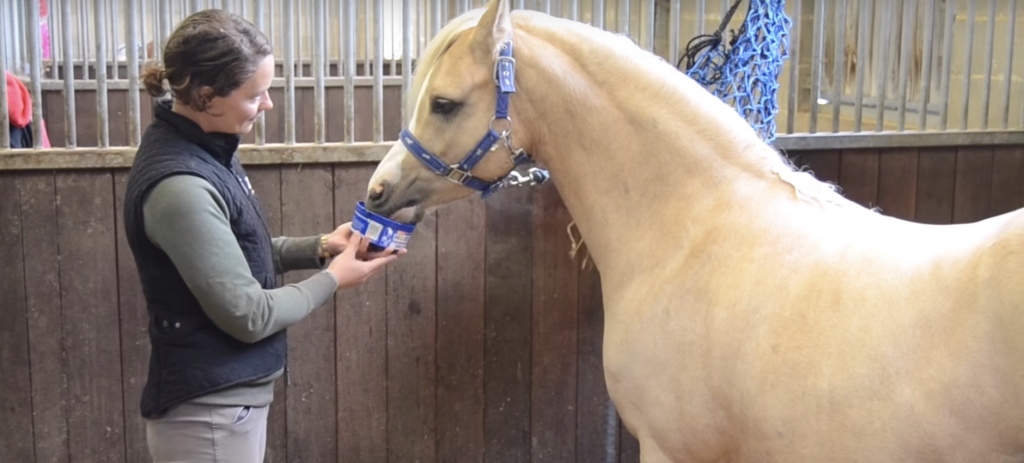No products in the basket.
General, Horsecare, Learning Zone, Seasonal Advice
Achieving your clip
This time of the year and everyone is getting ready to get the clippers out. However, clipping can be a stressful experience for horse and owner alike.
Before clipping it is important to consider whether your horse actually does need clipping. Horses grow their coats in the winter for a reason – to keep themselves warm and protect them from the elements. Unless you are going to be doing a lot of fast or strenuous work it often isn’t actually necessary to clip. Really evaluate your horse’s condition and upcoming work load before deciding whether to clip or not. Then if the answer is yes, your horse would benefit from being clipped, next consider the type of clip that would be best for your horse. Most horses won’t need a full clip and either a trace or blanket will suit them just fine.
If you decide your horse needs clipping it is always best to enlist a friend to help, or if you haven’t clipped before consider getting a professional clipper to come and do it for you.
Before you begin clipping your horse they should be warm and clean. Bathing the day before is a great way to rid the coat of oil and grease, which effects the smoothness of the clip but if you are unable to bath on the cold days a good brush will do just fine.
Using a Mini Horslyx when clipping can also help to take the stress out of the situation for all horses. The nutrient dense lick is able to be held easily and safely in your helper’s hand and can keep your horse occupied for hours.
Below are some further useful tips on clipping happily and successfully and you can also check out our new video on clipping with Mini Horslyx.
- Think about what you are going to clip in – safety equipment such as a hard hat is always recommended as well as gloves and a boiler type suit to keep the hair out!
- Before you start get your horse comfortable with the clippers. You can do this by running the clippers so your horse gets used to the noise and then also the vibration.
- Make sure your horse is warm as this allows the coat to clip better.
- Start clipping at the horse’s shoulder as this is a less sensitive area.
- Use your free hand to place flat on the horse while you clip as this will help to keep them calm.
- Overlap each stroke to avoid any “tram lines” and keep an even pressure whilst clipping.
- Clip against the direction that the hair grows in using long, continuous strokes with the blades flat against the skin.
- To neaten straight lines clip into the coat at a 90-degree angle with short strokes.
- When clipping awkward places like behind the elbow always ask a friend to help. Pull the skin taught to avoid any nicks and to get all the hair off.
- You can keep wayward hair out of the way by applying a tail bandage and plaiting the mane.
- Don’t clip the mane or go too close to the mane line.
- Be careful that your blades don’t get to hot as this can make the horse uncomfortable.
- Use smaller clipper to do the harder areas like the head and the legs. These can also be used to blend lines.
- When you think you have finished always stand your horse out in the daylight and stand back to examine the clip.
- Use a Mini Horslyx to keep your horse calm and occupied throughout.
- Always take your time.

